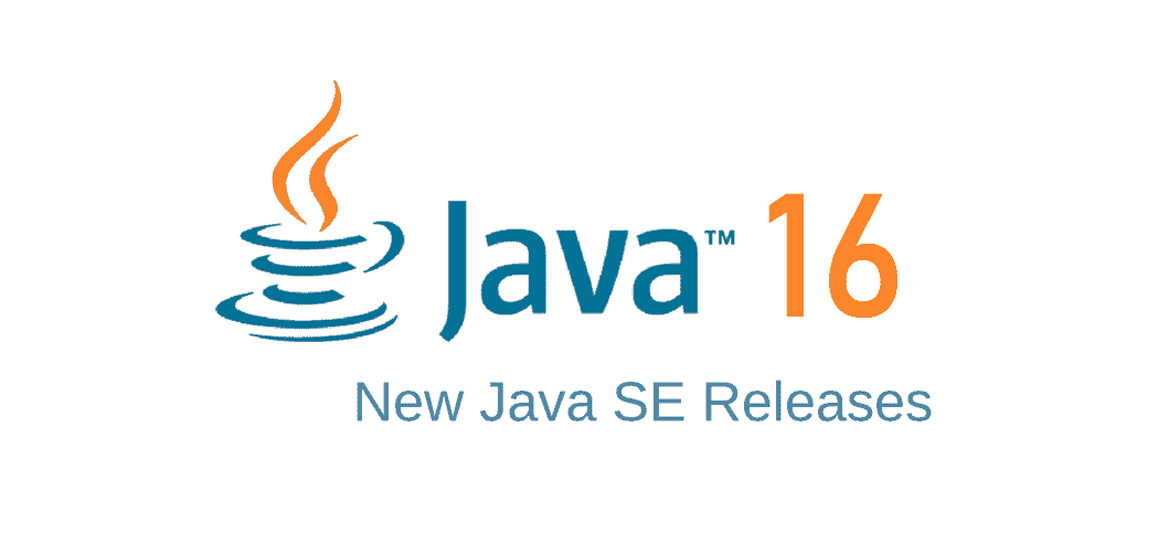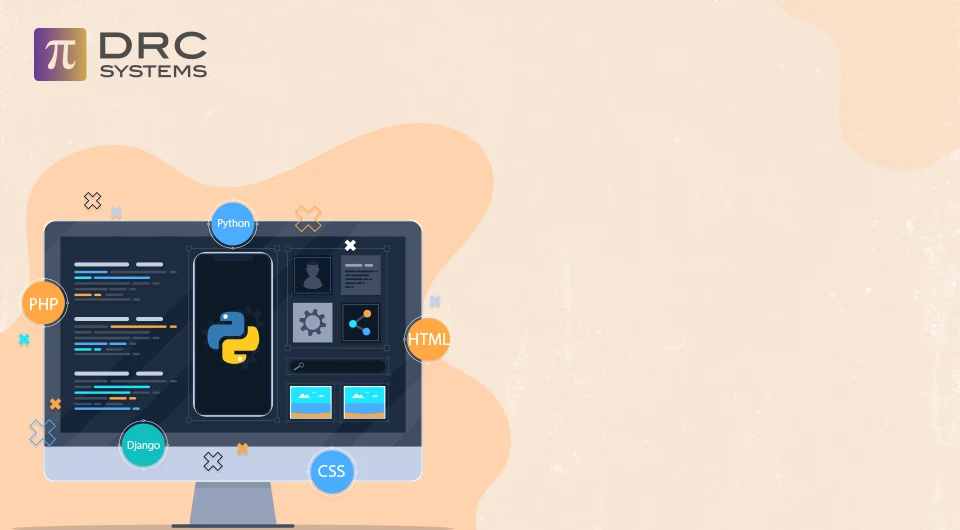Related Articles
Top Python Frameworks for Web Development in 2025
Python frameworks that are trending in 2024 for web development.
Read The PostA Look at Software Development Trends in 2023
Key software development trends to know before selecting software solutions for your business.
Read The PostReact.js Benefits for Application Development & Reasons to Use it
ReactJS offers benefits such as a powerful JavaScript library, reusable components, and the use of a virtual DOM. Explore other advantages of ReactJS further.
Read The Post


